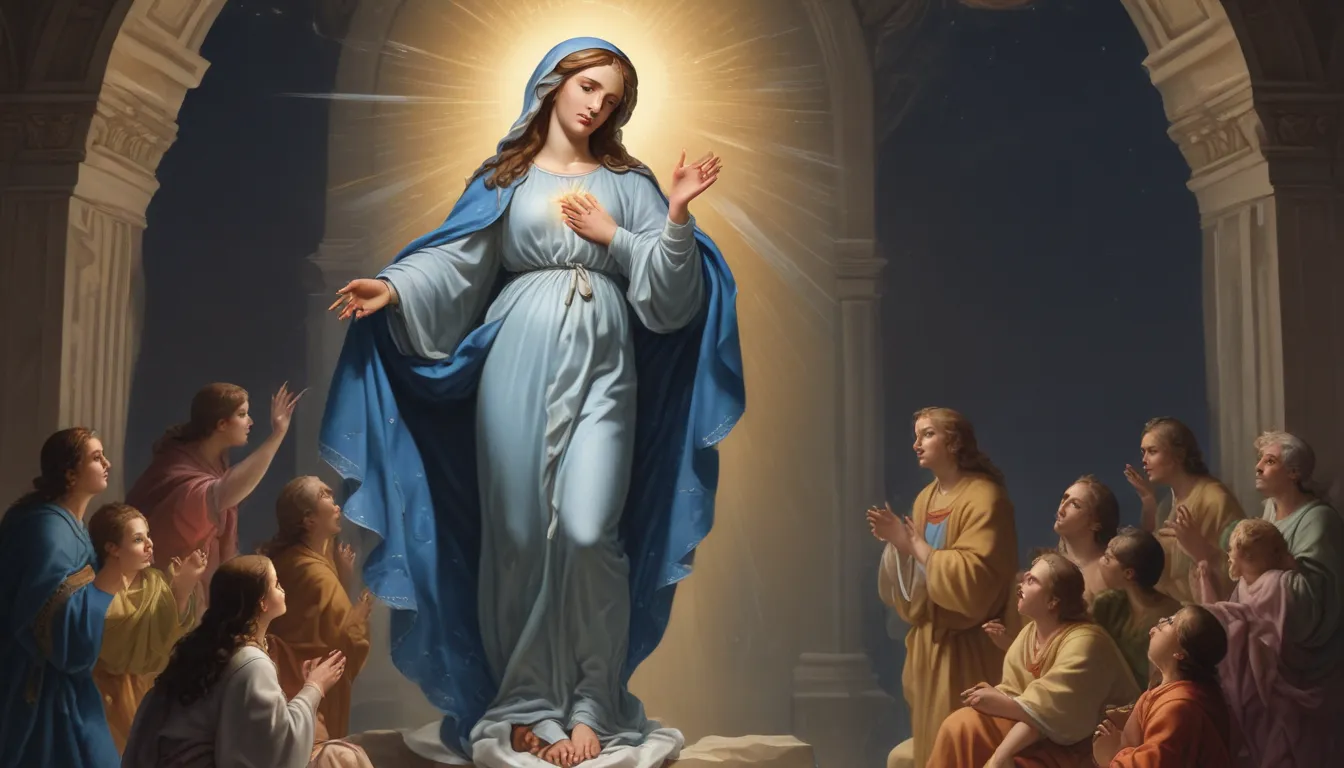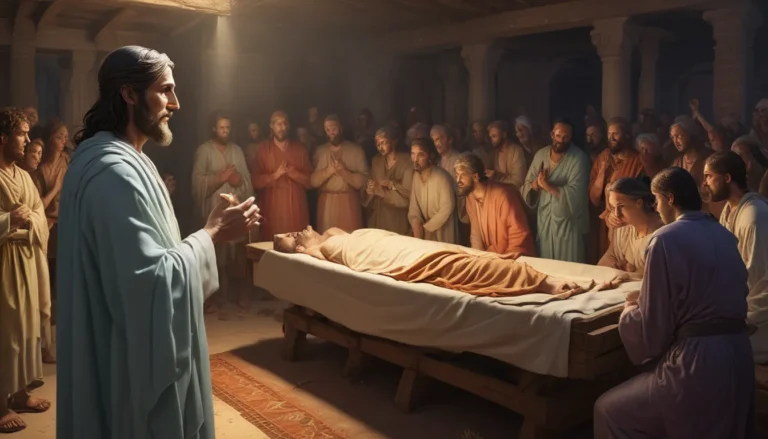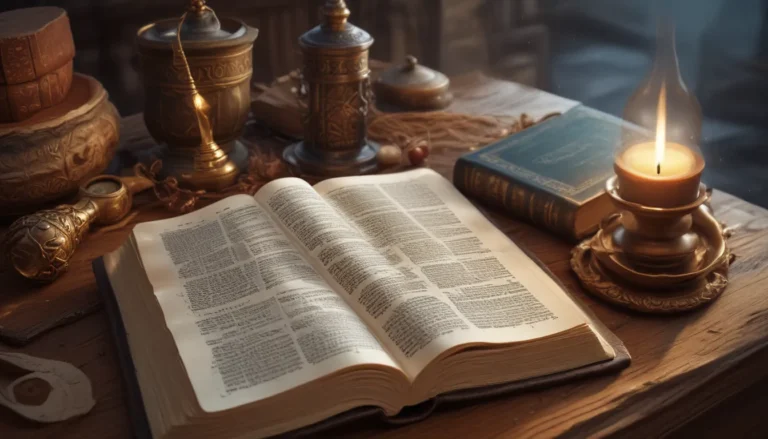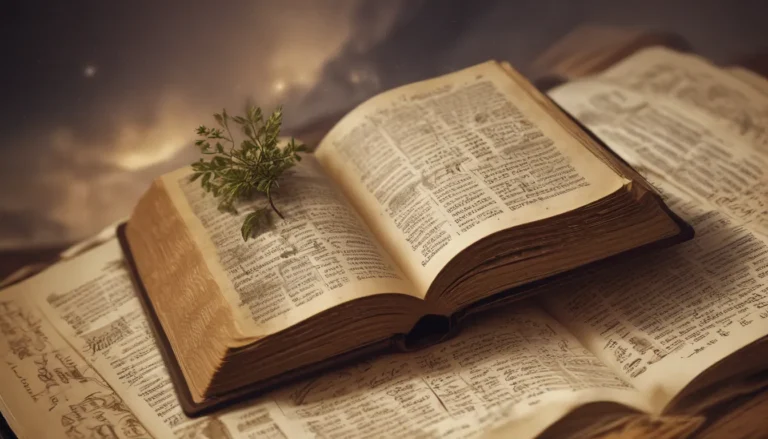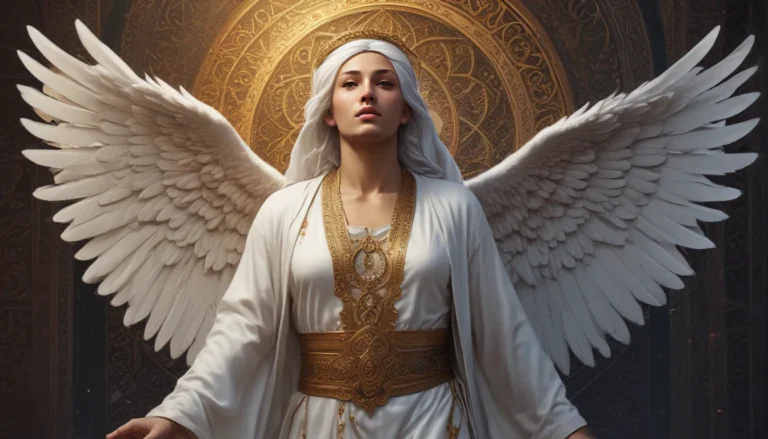The images in our articles may not match the content exactly. They are used to grab your attention, not to show the exact details in the text. The images complement the text but do not replace it.
Are you curious to learn about the fascinating belief of the Immaculate Conception in the Catholic faith? This doctrine holds a special place in religious teachings, celebrating the conception of the Virgin Mary without original sin. In this article, we will delve into 18 captivating facts about the Immaculate Conception, tailored to engage and educate kids about this essential aspect of Catholicism. From its historical origins to its cultural significance, these facts will offer a comprehensive and accessible overview of the Immaculate Conception. Whether you’re a young learner or simply intrigued by this religious concept, join us on an enlightening exploration into the heart of the Immaculate Conception.
The Immaculate Conception Demystified
The Immaculate Conception is a doctrine of the Catholic Church that focuses on the conception of the Virgin Mary, not the birth of Jesus. This belief asserts that Mary was conceived without original sin, preparing her to be the mother of Jesus, who is believed to be sinless.
Catholics are required to attend Mass on the Feast of the Immaculate Conception, which falls on December 8th. This day commemorates the belief that Mary was conceived without original sin and is a significant event in the Catholic liturgical calendar.
It’s essential to note that the Immaculate Conception should not be confused with the Virgin Birth. While the former refers to Mary being conceived without original sin, the latter pertains to the birth of Jesus to Mary, who remained a virgin.
Pope Pius IX officially declared the Immaculate Conception as a dogma in 1854, solidifying the belief that Mary was conceived without original sin as an essential aspect of the Catholic faith.
The Artistic Significance of the Immaculate Conception
Throughout history, artists have depicted the Immaculate Conception in various art forms, such as paintings, sculptures, and stained glass windows. These artistic representations often portray Mary surrounded by symbols of purity and grace, highlighting her unique status in Catholicism.
On the Feast of the Immaculate Conception, Catholics engage in special prayers and devotions dedicated to Mary. These practices may include the recitation of the Rosary, the Angelus, and other Marian prayers to honor Mary’s role in the Immaculate Conception.
Many hymns and musical compositions have been inspired by the Immaculate Conception, reflecting the reverence and devotion accorded to Mary in the Catholic tradition. These musical tributes celebrate Mary’s purity and her unique role in the Immaculate Conception.
The Immaculate Conception: A Symbol of Purity and Grace
The Immaculate Conception underscores Mary’s purity and grace, emphasizing her special status as the mother of Jesus. This belief serves as a symbol of purity and grace, reflecting the Catholic understanding of Mary as a model of holiness and virtue.
The Immaculate Conception holds significant theological and spiritual importance for Catholics, highlighting Mary’s extraordinary role in salvation history. This belief underscores the reverence and honor accorded to Mary as the Mother of God.
The belief in the Immaculate Conception serves as a point of unity among Catholics worldwide, emphasizing Mary’s universal significance in the life of the Church. This shared belief fosters a sense of spiritual connection and devotion among the faithful.
Exploring the Spiritual Significance of the Immaculate Conception
For many Catholics, the Immaculate Conception serves as a focal point for spiritual reflection and meditation, inviting believers to contemplate Mary’s purity and her pivotal role in the story of redemption.
The Immaculate Conception stands as a testament to God’s divine intervention in human history, illustrating the belief in God’s extraordinary grace bestowed upon Mary from the moment of her conception. This doctrine symbolizes hope and redemption, inspiring faith in the transformative power of divine grace.
The Immaculate Conception remains a cherished belief within the Catholic faith, inspiring devotion, reverence, and theological contemplation. This doctrine continues to shape the spiritual identity of Catholics and reaffirm the central role of Mary in the Christian narrative.
By understanding the 18 Immaculate Conception facts for kids, children can gain insight into this foundational aspect of Catholicism. Through engaging and age-appropriate explanations, they can develop a greater appreciation for the religious traditions and beliefs that shape the lives of millions of people. Encouraging open discussions and fostering understanding of diverse religious beliefs can promote tolerance and empathy, nurturing a more harmonious and inclusive society.
FAQs about the Immaculate Conception
What is the Immaculate Conception?
The Immaculate Conception refers to the Catholic belief that the Virgin Mary was conceived without original sin, preparing her to become the mother of Jesus Christ.
Why is the Immaculate Conception important?
The Immaculate Conception is important to Catholics as it signifies the purity and holiness of the Virgin Mary, emphasizing her role as the mother of Jesus, the Son of God.
Our commitment to delivering trustworthy and engaging content is at the heart of what we do. Each fact on our site is contributed by real users like you, bringing a wealth of diverse insights and information. Trust in our commitment to quality and authenticity as you explore and learn with us.
